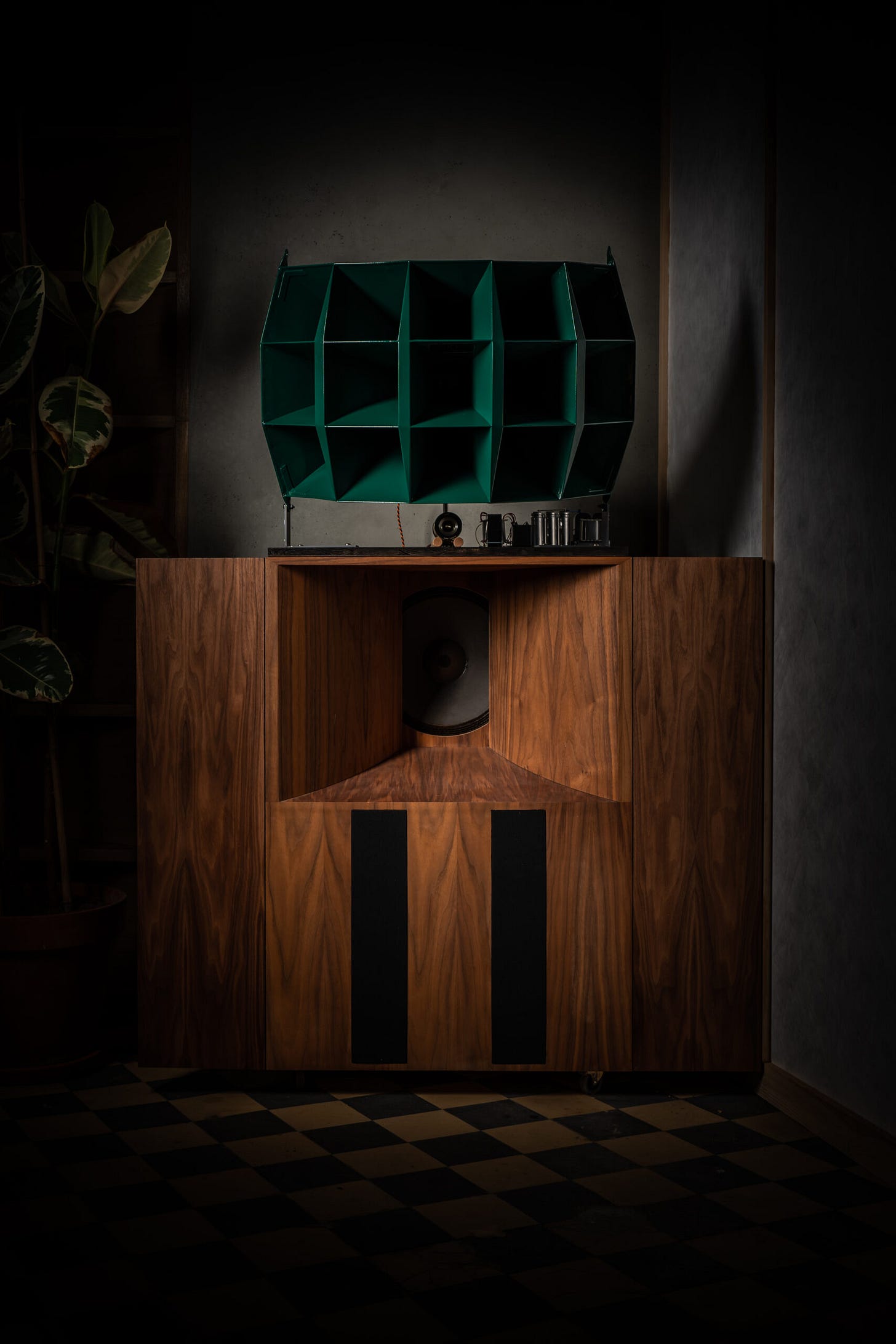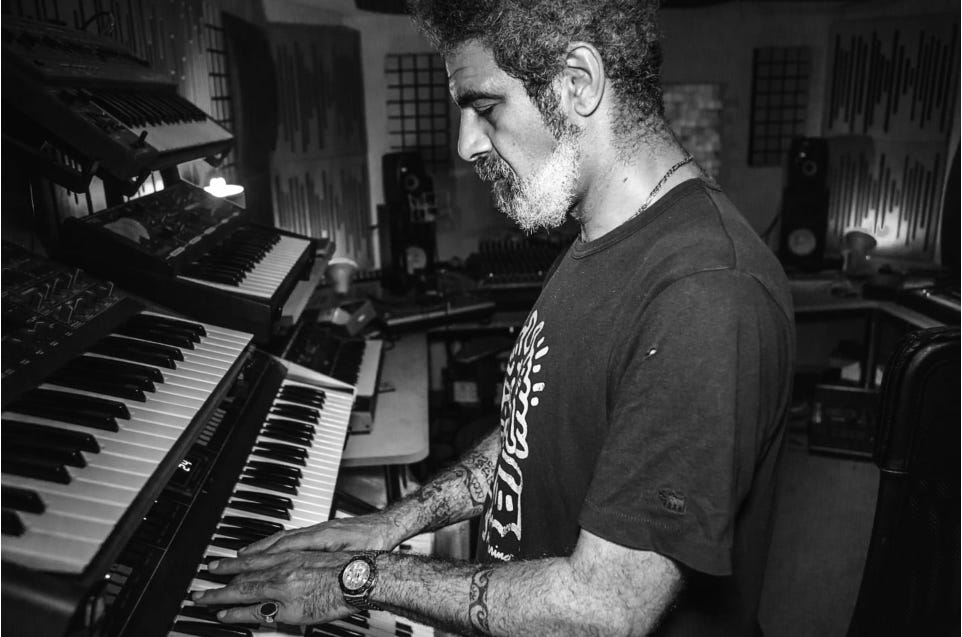Slow Reads: 3
Everyone has music in them.
Hello!
We’re knee-deep in March and hurtling toward April. April is set to be a milestone in the story Analogue Foundation, and if you happen to live in, or will be visiting Berlin, you can be part of a special time for us. Bar Neiro is intended as a place for like-minded, good-hearted people to connect through shared music experiences. It’s time to pause and listen.
For the curious among you. Our sound system is currently made up of:
Garrard 301 turntable
A23 Hommage platter mat
Schick 12″ tone arm
Audio-Technica AT-ART1000 MC cartridge
Audio-Technica VM 750 SH MM cartridge
Shindo Cortese 300b power (WE300b tubes)
Shindo Monbrison preamp
Altec A5 speakers:
Western Electric 825 cabinets
Altec 515b woofers
Altec 1505b horns
Altec 288c compression drivers
Fostex T90A
All speaker cables and interconnects by Auditorium23
Image: Chuck Stewart.
March 8th was International Women’s day. We marked the day by paying tribute to the remarkable Alice Coltrane Turiyasangitananda. Alice was an American jazz pianist, organist, harpist, singer, composer, swamini, and the wife of John Coltrane. Our friend, Colleen ‘Cosmo’ Murphy penned an insightful article about Alice’s ‘Journey In Satchidananda’ accompanied by an excellent playlist. A brilliant entry to Alice’s journey.
Here’s a question! Have you encountered a work of art that has changed your perception or triggered a turning point in your life? For artist and musician Paul Purgas, life changed after he saw Rauschenberg’s ‘Mud Muse’. Mud Muse is animated by analogue hardware including a reel-to-reel machine that emits a spool of tape that slowly cycles and awakens “chaotic patterns of ripples and splutters”.
“Everyone has music in them. I was searching for a way to express that, so seeing all the tools you could use as a non-musician to make make music, I could be the drummer, the bass player, the keyboard player… It excited the life out of me!” Back in 2017, Dogmatik Records boss Alex Arnout talked to us about analogue sound and production.
It’s always worth mentioning the loudness war, isn’t it? And, isn’t it fascinating how 16 years after this YouTube video was shared, it remains as sharp and relevant as ever? Compliment the video with this brilliant article on NPR Music
"The difference between the smooth curve and the rough edges you end up with in the digital recording, you can think of as noise because that is perceived as noise…It's perceived as an error, something that wasn't there in the original recording. The trick is to take the noise — which is the loss of fidelity — and just make it so you can't hear it anymore." - Dr. Andrew Oxenham, professor University of Minnesota.




